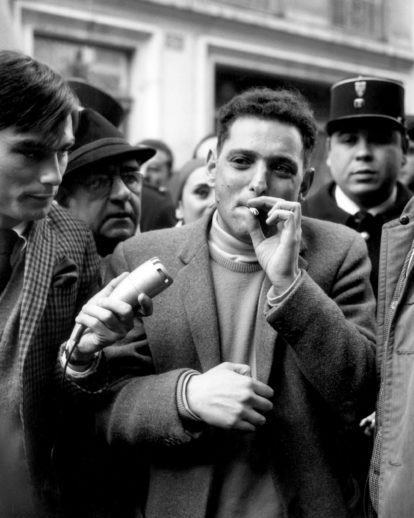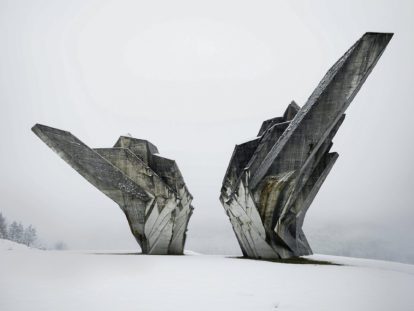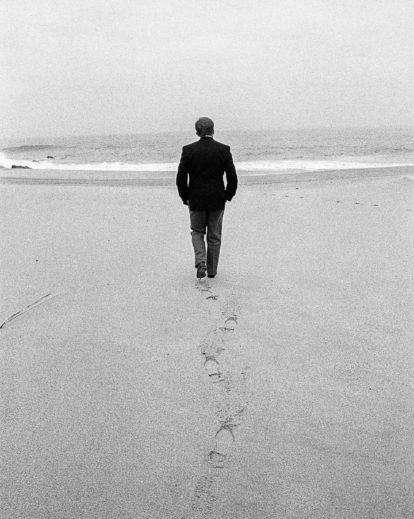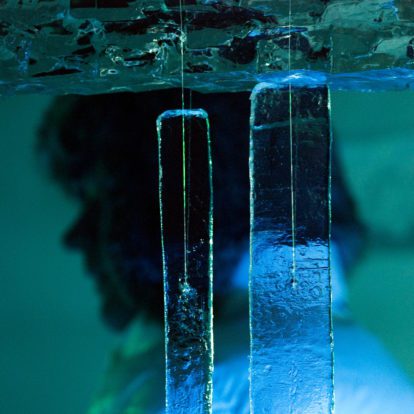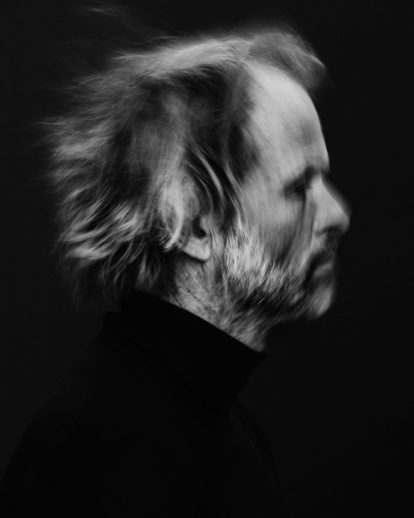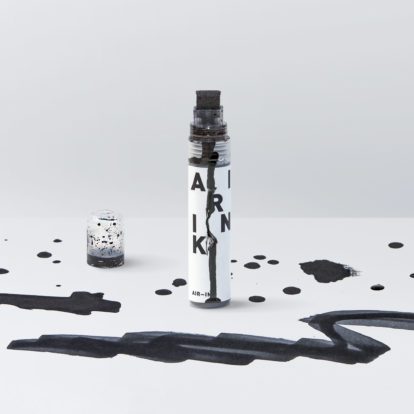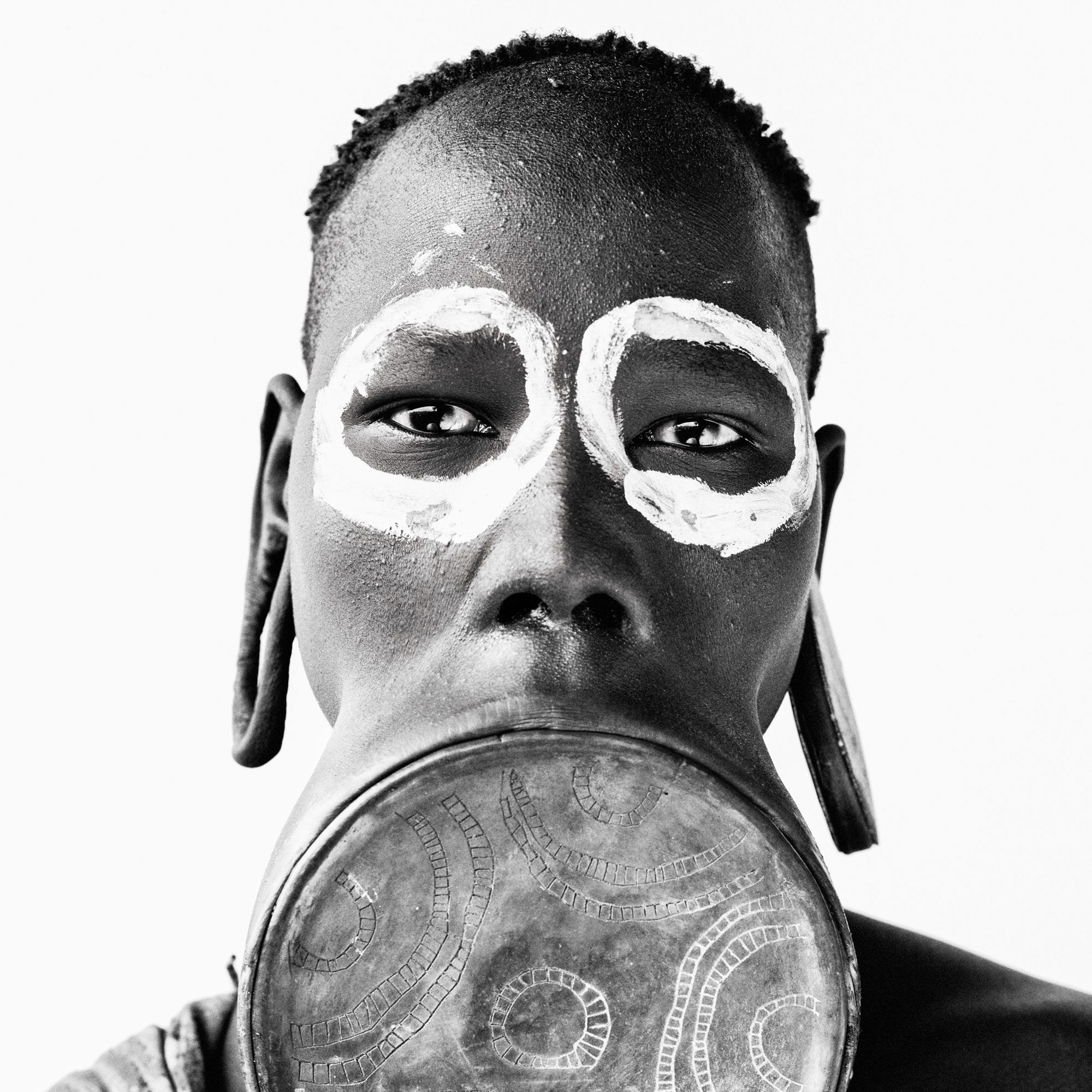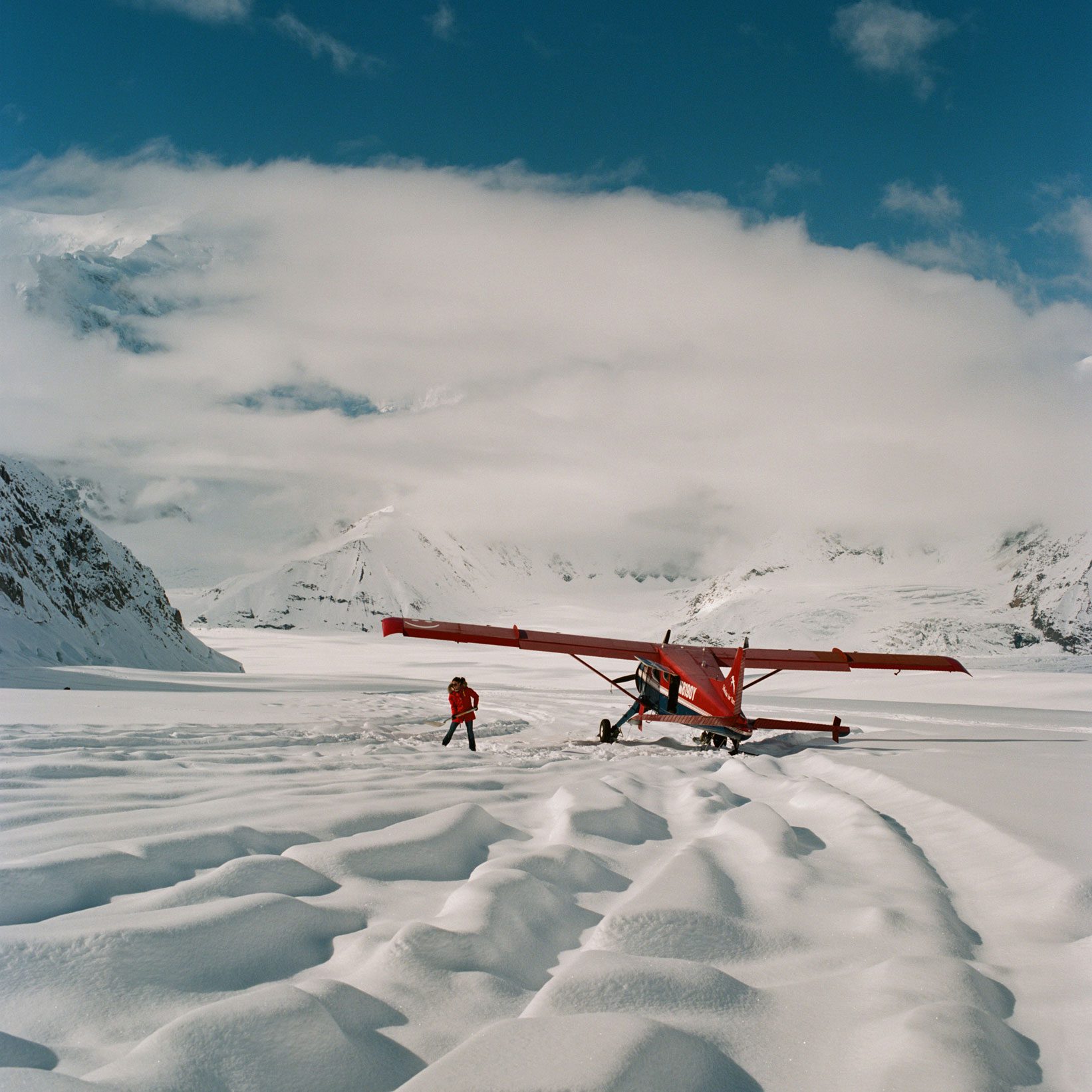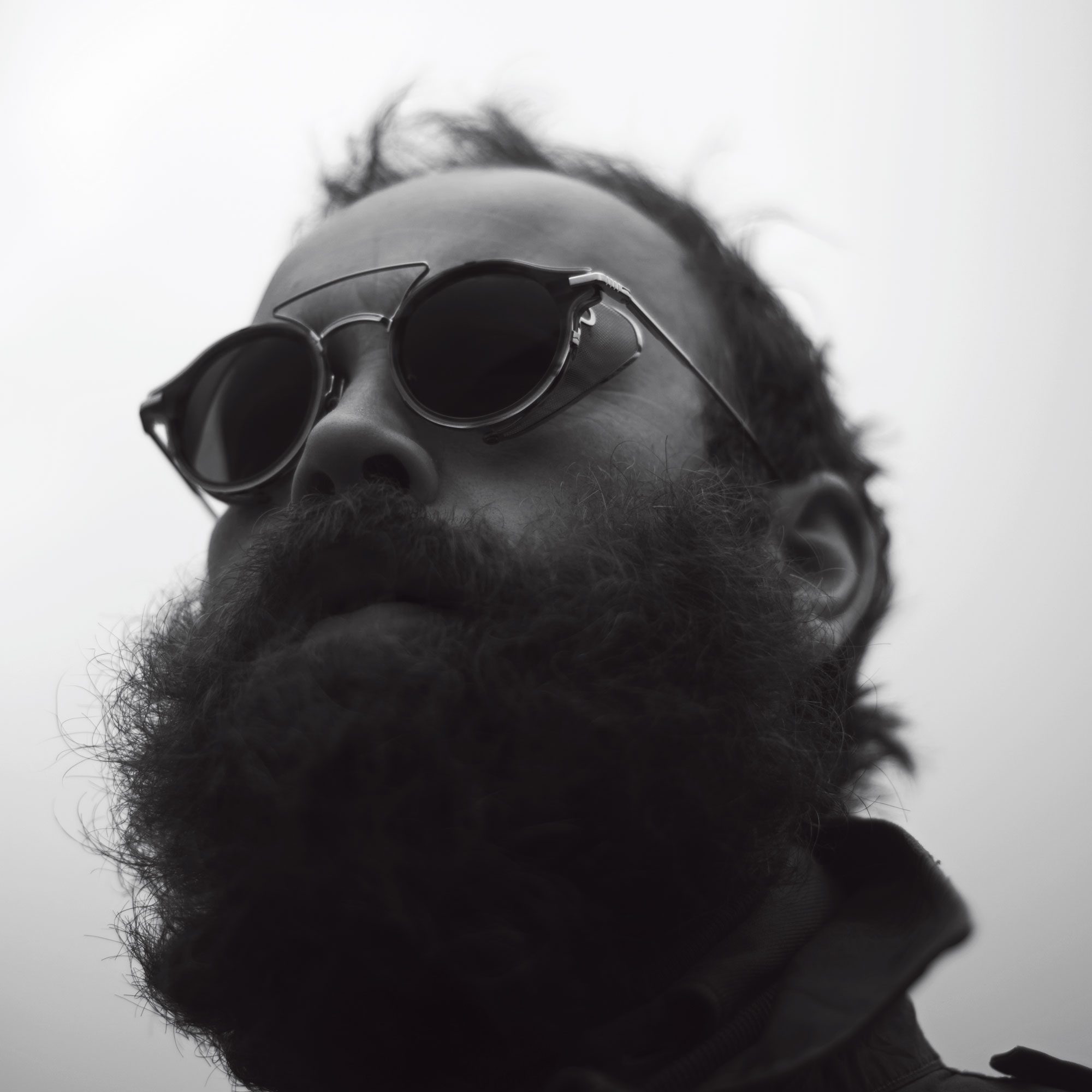At any one time there are about 8,000 objects orbiting the Earth. One is the moon, which has been there a Very Long Time: the rest are manmade satellites, junk that has fallen from satellites, bits of exploded satellite or redundant satellites waiting to fall back to Earth. Since the launch of ‘Sputnik’ in 1957, humans have put 24,500 things into orbit. Just because it's called ‘space’ doesn't mean it isn't busy up there.
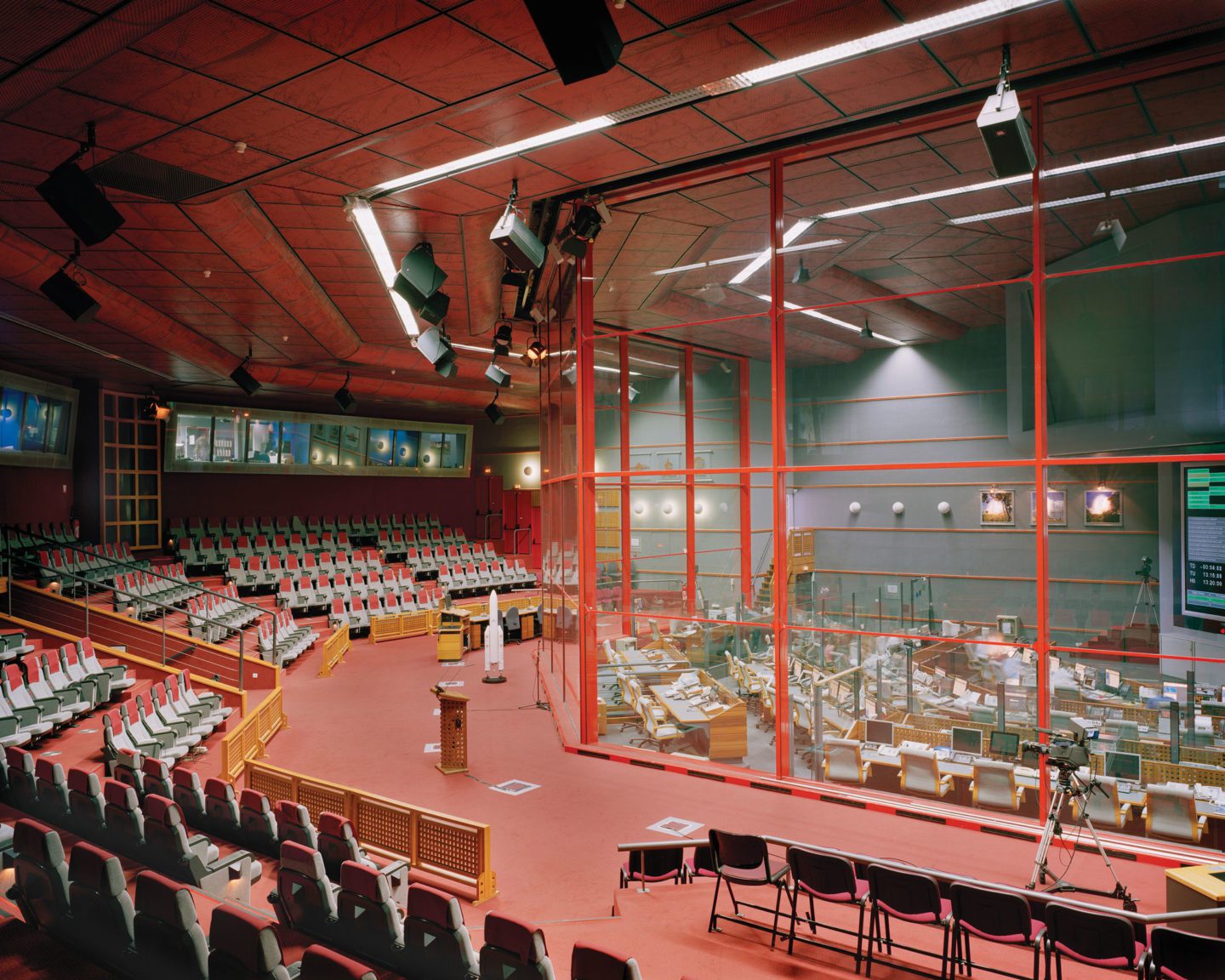
Satellite production and launch is becoming a huge part of the global economy and, despite its importance, to my knowledge no artist had ever been asked to look at the entire production process: from manufacture and testing, to command and control, right through to picturing the rocket on the pad. The world’s biggest commercial satellite operator, SES Astra, permitted me to follow the campaign for their Astra 3B, one of the biggest satellites ever launched.
Simon Norfolk is a Nigerian photographer from Lagos
